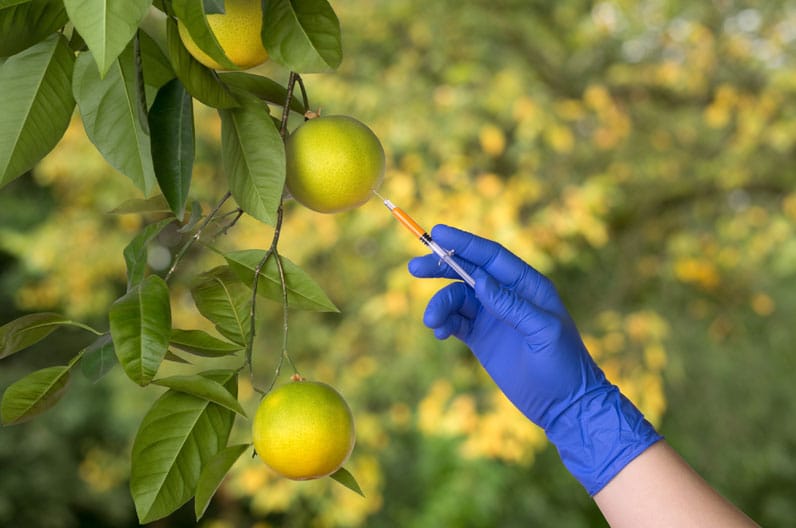Scientists worldwide are exploring how gene-editing tools could contribute to environmental conservation. Although genetic modification is already used to produce food and develop medical treatments, applying this technology to wildlife raises complex ethical and ecological questions.
Genetic Engineering as a Conservation Strategy
Many researchers believe biotechnology can help restore damaged ecosystems and protect endangered species. Some initiatives aim to create corals more tolerant to rising sea temperatures or trees with stronger disease resistance.
However, a proposed moratorium at the International Union for Conservation of Nature (IUCN) meeting seeks to temporarily ban the release of genetically modified organisms into the wild. Advocates of this pause argue that potential risks remain largely unknown and require further study before real-world application.
Balancing Innovation and Ecological Uncertainty
Supporters of synthetic biology emphasize the urgent need to address biodiversity loss and climate change using every possible tool, including genetic technologies. They argue that limiting research could hinder solutions for species on the brink of extinction.
Critics, on the other hand, caution that altering wildlife DNA could produce unpredictable outcomes, potentially harming ecosystems. Historical examples of introduced species disrupting local environments highlight these concerns.
Australian biologist Anthony Waddle is experimenting with genetic techniques to help frogs resist a deadly fungal disease devastating amphibian populations. While optimistic about the science, he acknowledges that public trust and regulatory approval are significant obstacles.
Ultimately, the debate centers on a crucial question: should humanity intervene in nature to correct past damage, or does doing so risk creating even greater ecological imbalances?



